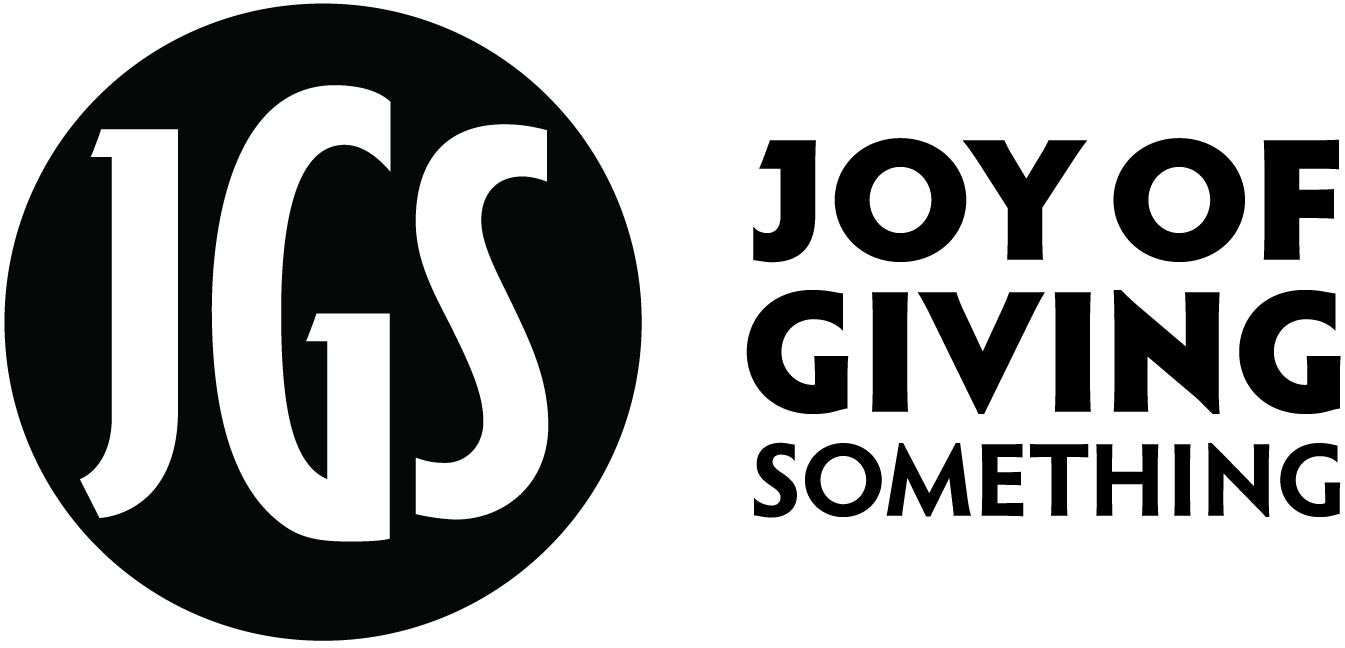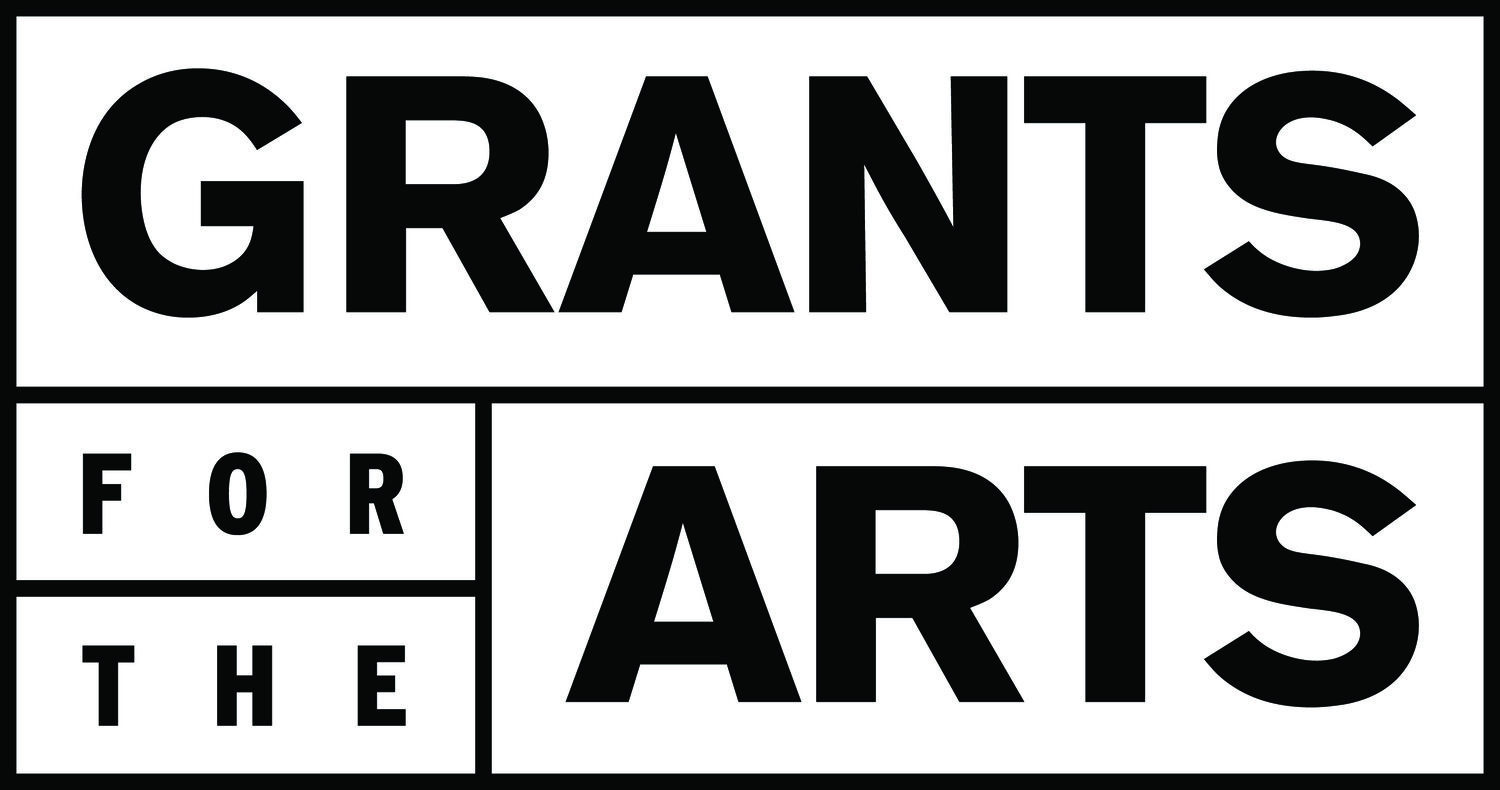CELL SIGNALS
Reframing and Resisting Mass Incarceration
Curated by Pete Brook
Adam Chin, Jodi Darby, Robert Gumpert, Eddie Herena, Wray Herbert-King,
Brandon Tauszik and Pendarvis Harshaw, and the Free Mind Collective
Exhibition Dates: April - August, 2020
*please note that COVID-19 cautionary measures may affect schedule
Opening Reception: temporarily postponed
Online/Public Programming: coming soon
Image courtesy of Eddie Herena
Curated by writer and educator Pete Brook, Cell Signals brings together visions from within U.S. prisons and jails to address the role of images in our understanding of incarceration in America. Through visitation hacks, repurposed archive reels, collaborative portraiture, cellphone pics and prison newspaper coverage, Cell Signals peers upon the growing and changing uses of both artistic gesture and networked, image-technologies within American security, prisons, and homeland culture.
This exhibition is generously supported by the Bernard Osher Foundation, Dr. Janet Mohle-Boetani, and Dr. Philip Sager.







ABOUT THE ARTISTS
Adam Chin
In his series Front and Profile, photographer Adam Chin forces archival mugshots through an AI neural network he modified in order to render side views from front, and vice versa. Shimmering and uncanny, Chin’s silver gelatin prints ask audiences to consider the implications facial recognition has on privacy and the ethics of artificial intelligence as a surveillance tool.
Jodi Darby
Commissioned especially for Cell Signals, Jodi Darby’s single screen video art piece Carceral Sales Event brings together intersecting clips of prisons as they are fictitiously depicted in commercials, movie footage, and documentary reportage. Darby’s work raises questions about who is charged with gate-keeping media-generated images of prisons and prisoners, and asks viewers to question how close these representations are to the reality of prison life.
Robert Gumpert
Over the course of 14 years, photographer Robert Gumpert visited the jails of San Francisco County to make portraits of, and record interviews with, prisoners. While preparing for these portrait sessions, Gumpert made test-shots of the room to check his light settings. These test-shots became a peculiar archive of the instructions, dogma, lessons and affirmations delivered to county jail residents. First on a chalkboard, then bare plaster, and later a whiteboard on rollers, much of the text originates from bible study, therapy groups, anger-management, AA, and life-skills training. Sin Is The Problem, Sin Is The Blame is an unadorned look at the interiors, messaging and programming in the San Francisco County Jail system.
Wray Herbert-King
Artist Wray Herbert-King uses footage and images from virtual visitations in his project State Between. Over a 12-month period, Herbert-King and his friend Dennis collaborated on a cheeky portrait project producing thousands of images. These poignant, funny, resistant, and mundane, out-studio screenshots insist upon shared creativity over virtual visitation feeds that are intended to distance and depersonalize.
Eddie Herena
Throughout the final four years of his incarceration, Eddie Herena worked as a photographer for the San Quentin News, the inmate-produced paper at San Quentin State Prison. Self-taught on the job, Herena covered a variety of activities -- sports games, arts programs, reconciliation groups, ribbon cuttings, to name a few. His photos also captured the process of image-making itself capturing frames with rode mics, TV crews, steady cams, and documentary film teams. More than any other image-maker, Herena witnessed San Quentin’s very unique, outward-looking presentation of itself. Selected from an archive of over 17,000 images, the photographs presented in Cell Signals will be exhibited for the first time on gallery walls for new public appreciation.
Free Mind Collective
Answers without Words (AWW) is a collaborative project jointly conceived and created by Anke Schuettler and the men of CRCI (The Free Mind Collective), a minimum-security facility located in Portland, Oregon. Through AWW men at CRCI were invited to formulate questions for artists around the globe. The artists responded to the queries with photographs. And through weekly photo workshops, the men at CRCI made photographs to describe the details of their lives. In its product, AWW delivers images to raise awareness of mass incarceration. The call-and-response challenges prisoners’ expectations (and even stereotypes) of foreign countries while allowing them to dispel some of the hard clichés placed on them as convicted individuals.
Brandon Tauszik and Pendarvis Harshaw
Facing Life, a collaborative multimedia project produced by Brandon Tauszik and Pendarvis Harshaw, chronicles the experiences of eight individuals released from California’s prisons following the reassessment of California State law. In recent years, California’s criminal justice reforms have alleviated some prison overcrowding. In doing so, thousands of men and women—once sentenced to life and having already served decades behind bars—are headed home. Cell Signals will exhibit Brandon Tauszik’s documentary GIFs with Pendarvis Harshaw’s interviews following these “lifers” return to an unfamiliar world where they face challenges such as technological illiteracy, competitive job markets, and the housing crisis. This project was made possible with support from the Pulitzer Center.
ABOUT THE CURATOR
Pete Brook
Pete Brook is a writer, curator and educator focused on prisons, photos, and power. In 2008, he founded the website Prison Photography to bring together research and writing that unpacks issues of procedure, visibility, distribution and art in imagery as it emerges from the U.S. prison system. Pete has curated multiple exhibitions, and is perhaps best-known for Prison Obscura (2014-2016) an exhibition that brought together images about mass incarceration that were created outside of the documentary tradition. Pete holds masters degrees in Art History (University of St Andrews) and Art Gallery and Museum Studies (University of Manchester). He has lectured internationally on the topic of photography, taught art in prisons, volunteered with Books To Prisoners, and served as a board member with University Beyond Bars. His writing and photographs have been published in numerous publications including Aperture, The Atlantic, ICP, Marshall Project, Time, Truthout and Wired. In 2018, Pete was awarded the W. Eugene Smith Fund’s Howard Chapnick Award and a grant from the Pulitzer Center for Crisis Reporting for his work teaching the History of Photography in San Quentin State Prison. Pete currently teaches at Sacramento State University, California.





